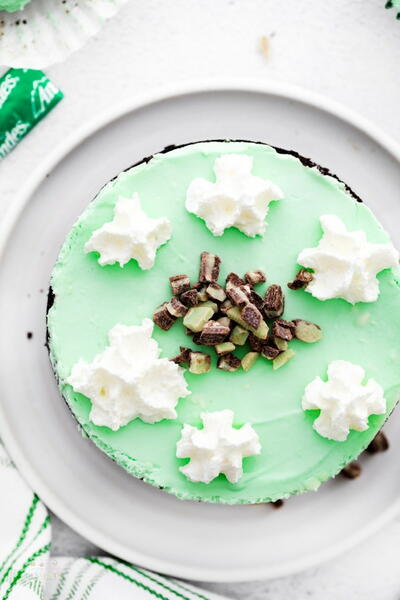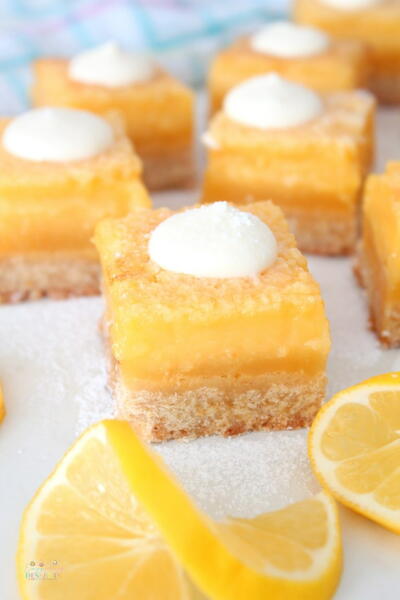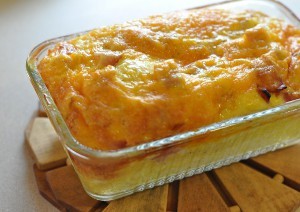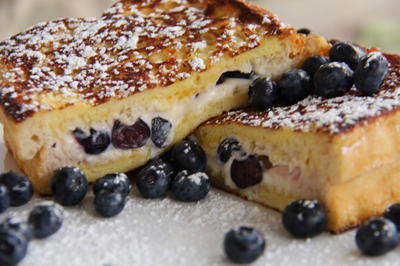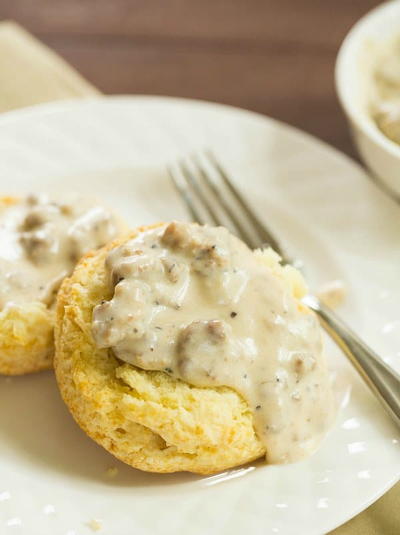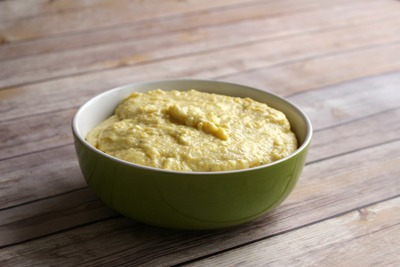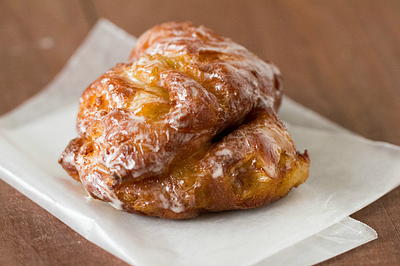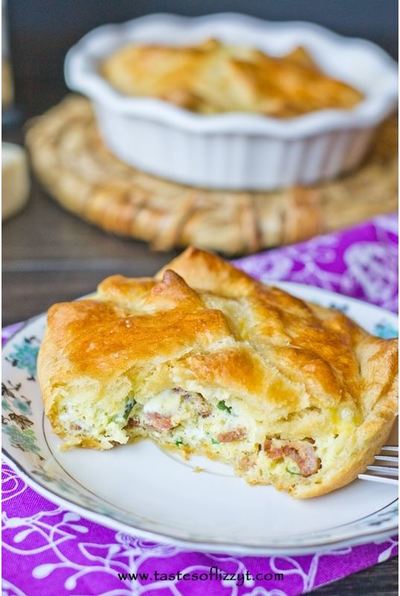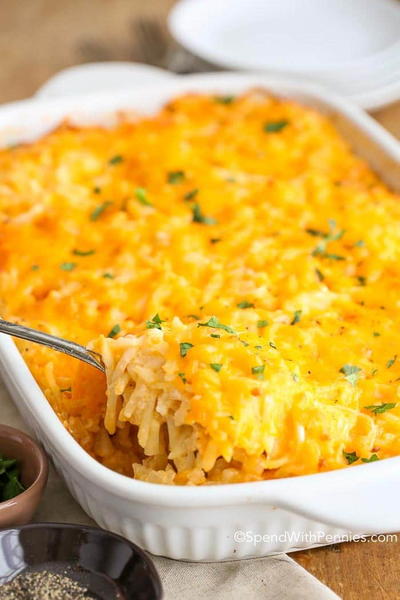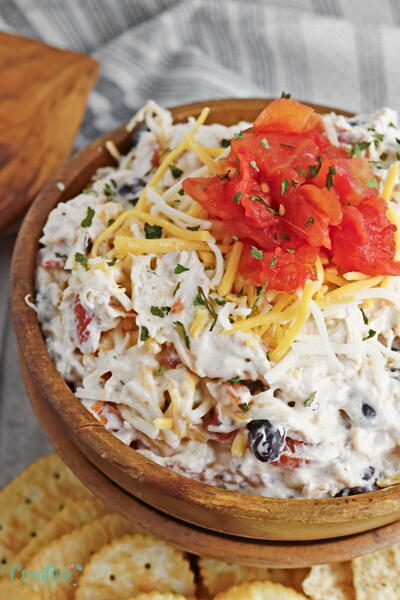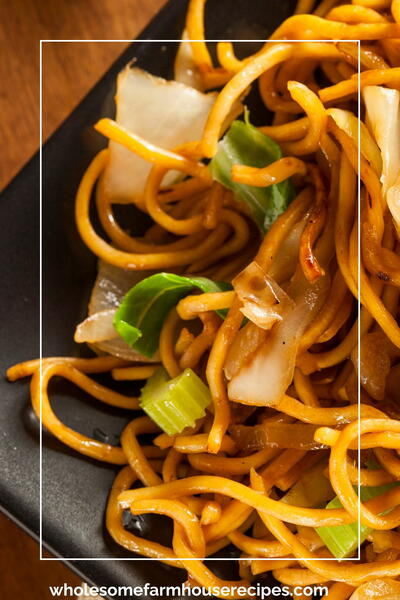This recipe was submitted by one of our readers, just like you.
Appam or Sri Lankan Hoppers
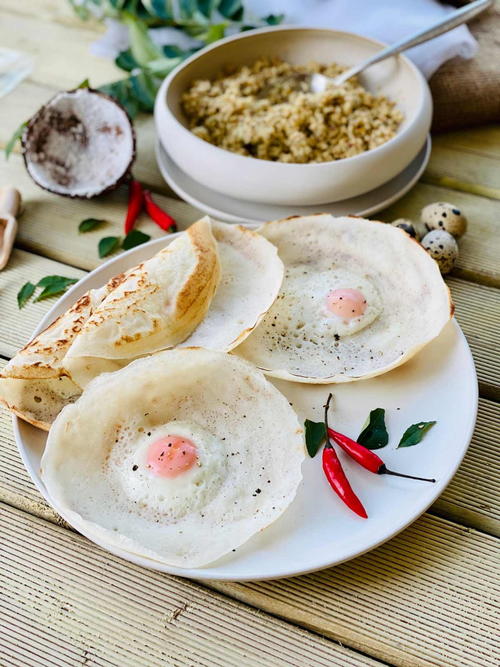
"Mmmmm, look at these beauties! I'll be making these Sri Lankan hoppers again tomorrow morning to treat the whole crowd around this household – weekend treats are the best! These Sri Lankan hoppers are just soo good, they are made with fermented rice flour or raw rice, coconut milk, and a few more ingredients. Nutritious and super delicious. The perfect breakfast if you ask me."
Serves4
Preparation Time20 min
Cooking Time25 min
Cooking MethodSkillet
Ingredients
- 2 cups rice, raw, soaked in lukewarm water
- 1 cup cooked rice
- 1 cup coconut milk
- 1 teaspoon yeast
- 8 eggs - I use quail eggs almost always
- 1/4 teaspoon salt
- 1 tablespoon sugar
Instructions:
-
Pre task – soak the raw rice in lukewarm water for about 3 hours or longer. If you don’t have any cooked rice boil some now. Boil approximately 50g rice.
-
In a mug combine the yeast with the sugar in warm water and allow it to rest until it’s beginning to bubble up. This should be approximately 10 minutes.
-
Using a food processor whizz the cooked rice and the coconut milk or the fresh coconut and add a little water until it becomes a thick batter.
-
Add the salt, the yeast mixture to the rice and whizz continuously until all combined.
-
Take a glass bowl out and transfer the batter. Cover with a lid or clingfilm and it to ferment. Ideally overnight. 6-8 hours.
-
The batter should be runny but not too watery so adjust its consistency by adding more water and/or some more coconut milk.
-
Pour the batter in a jug or a smoothie bottle ( I find it easier to handle).
-
Place the appam pan or the appachetty on fire, when this is slightly hot pour in some batter (the amount or quantity of a small ladle). Move the pan in a circular motion so that the batter is spread around on the edges as high as this permits.
-
Add an egg in the center (the batter is thicker but don’t worry, it’s as it should be) and cook for about 2 minutes covered. Cook until the egg it’s cooked. This can be made hard or left soft depending on preferences.
-
Serve while hot with sambol, chutney, any curry, or a nice dhal.




